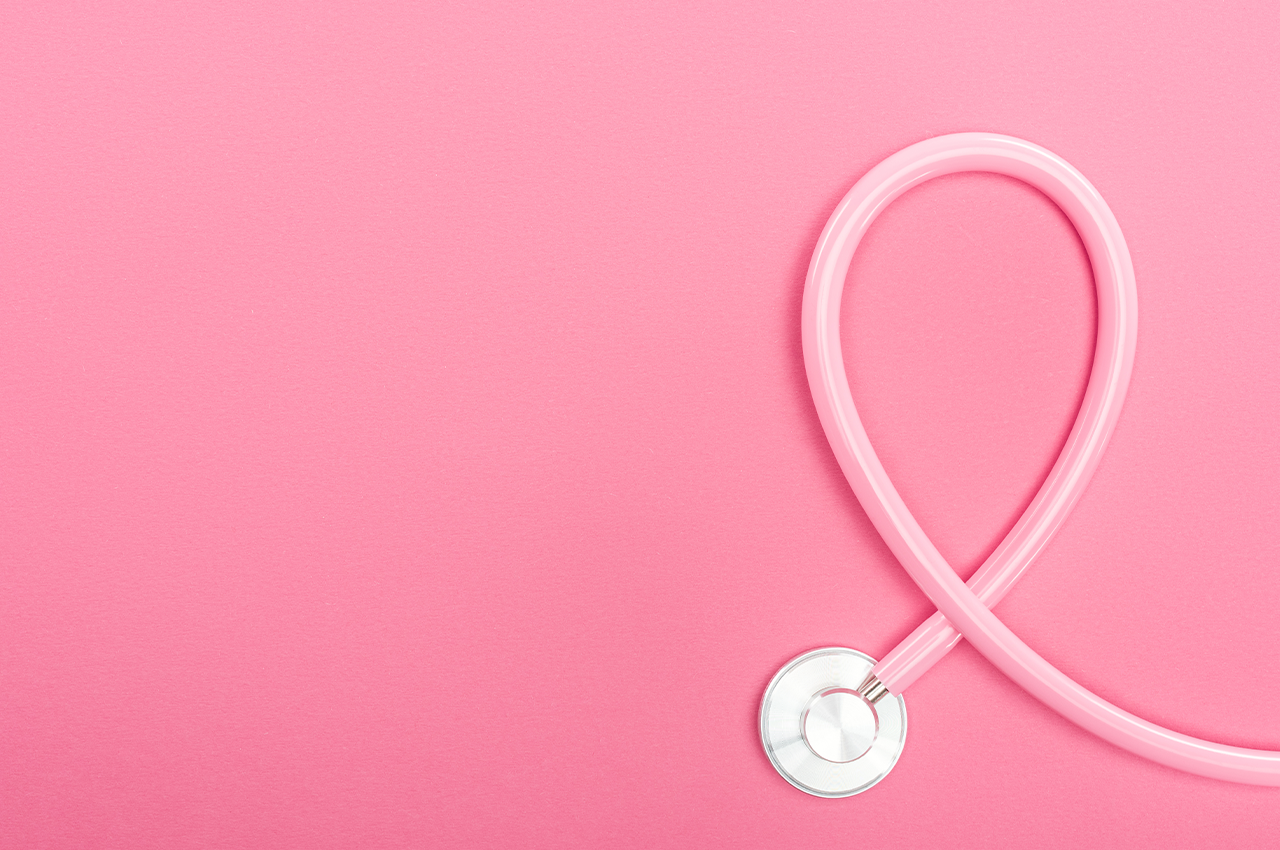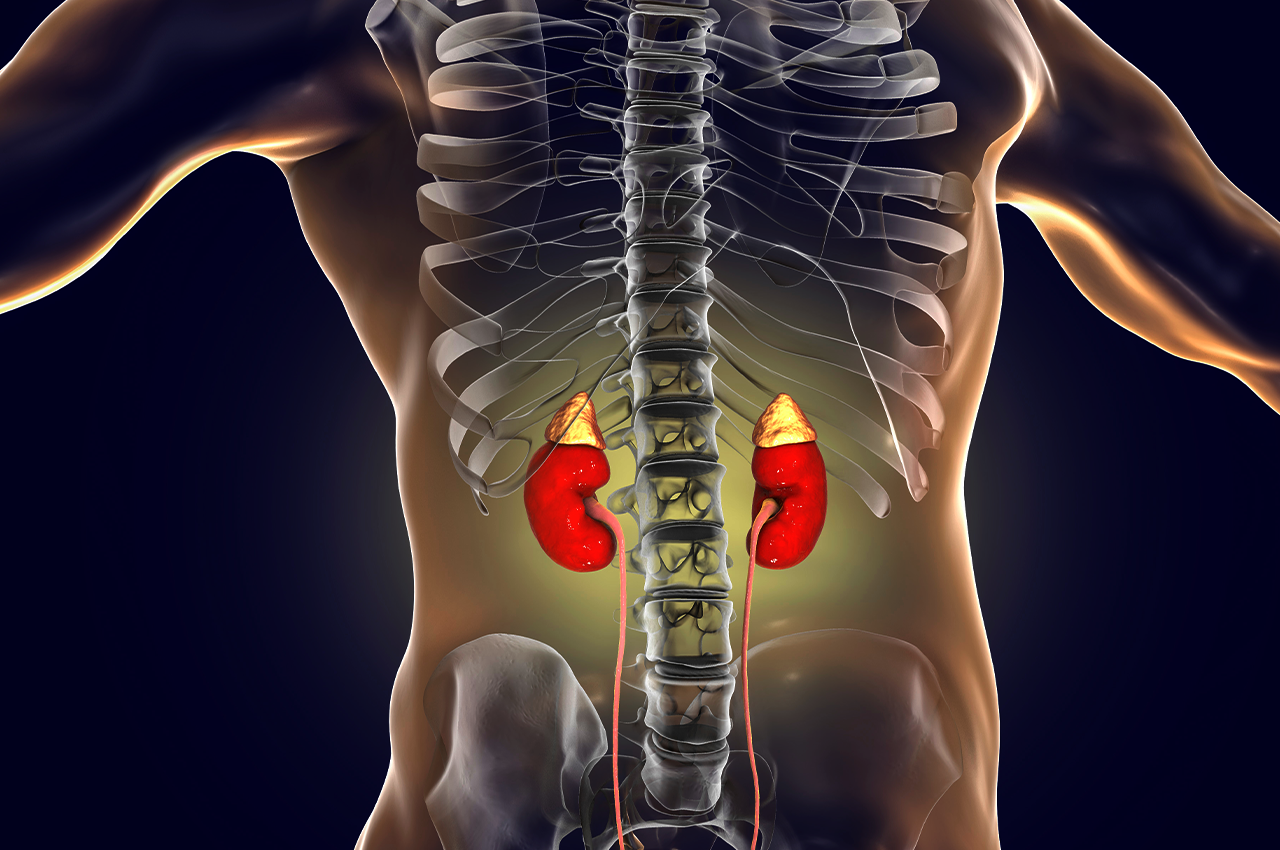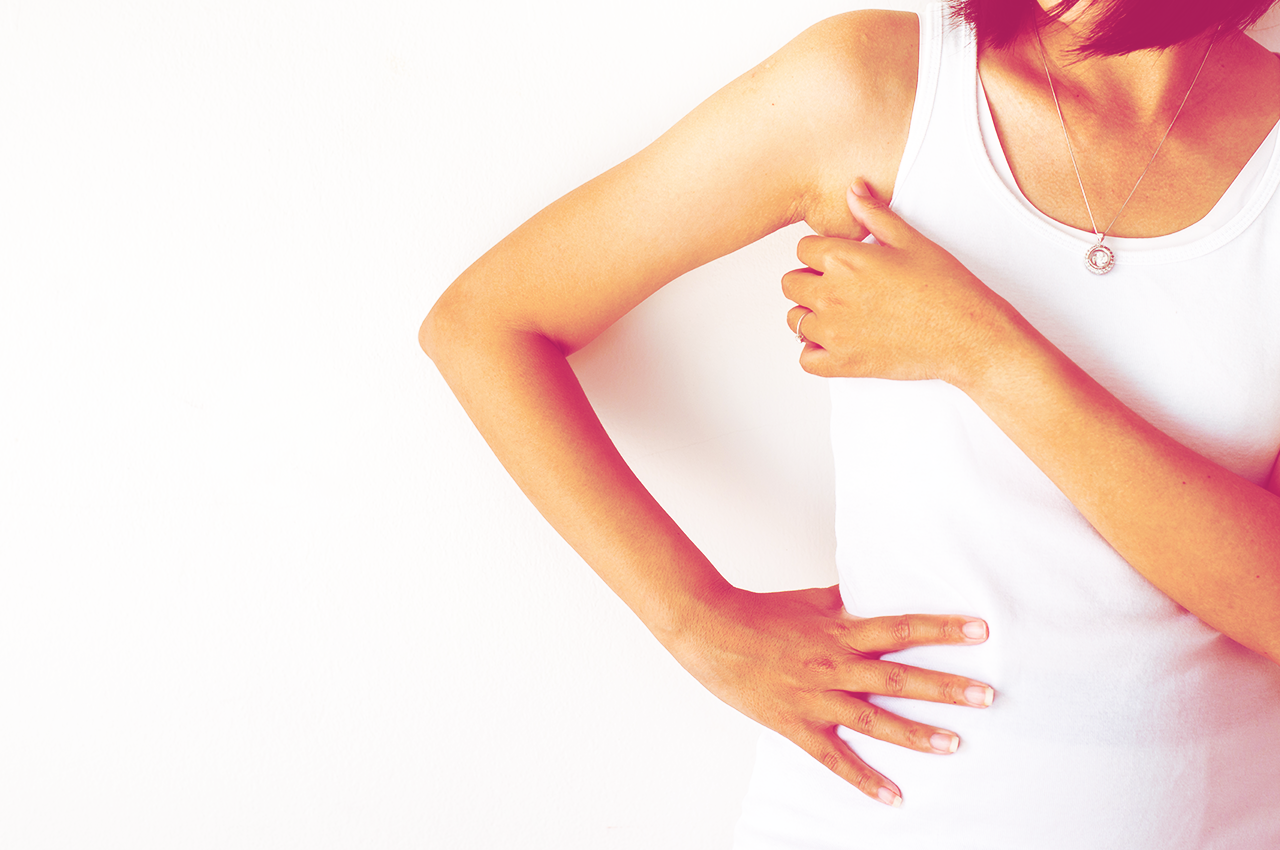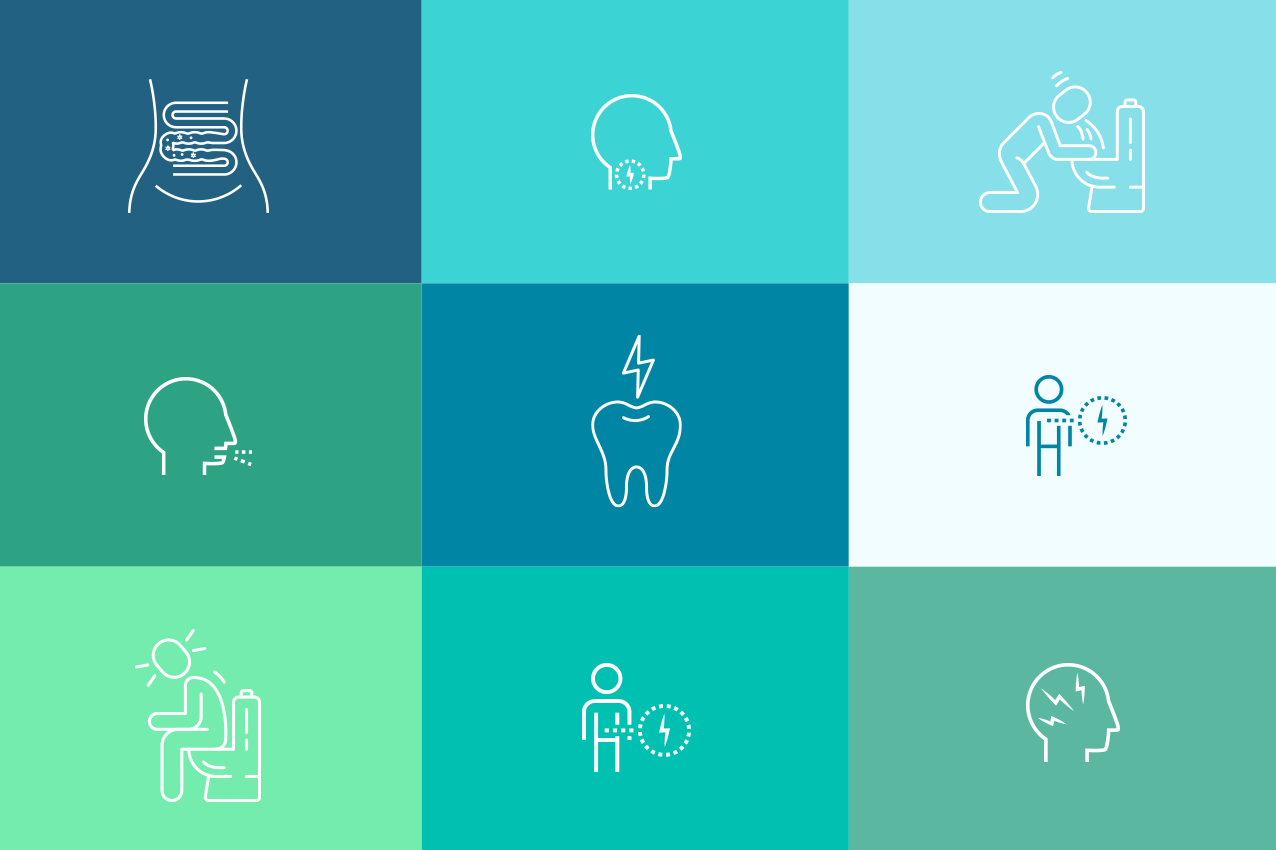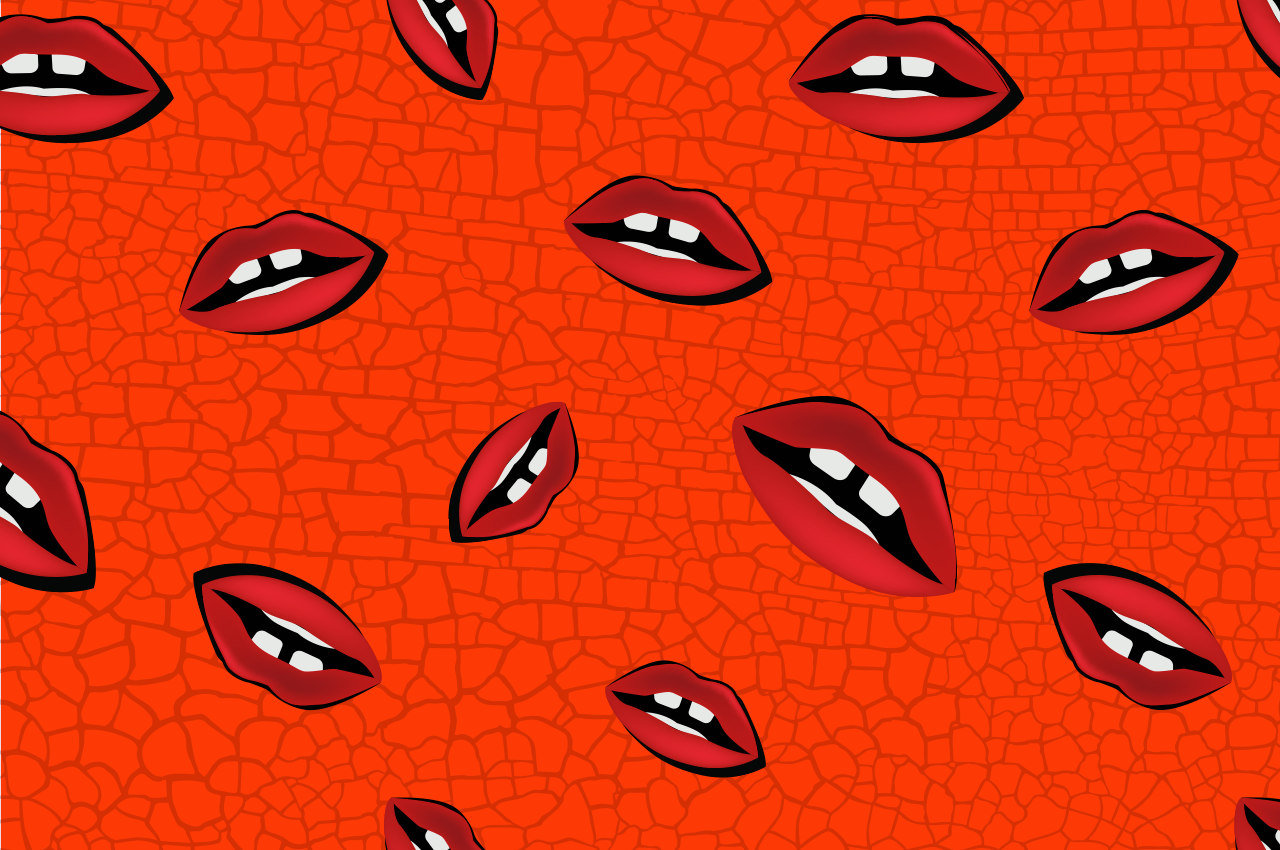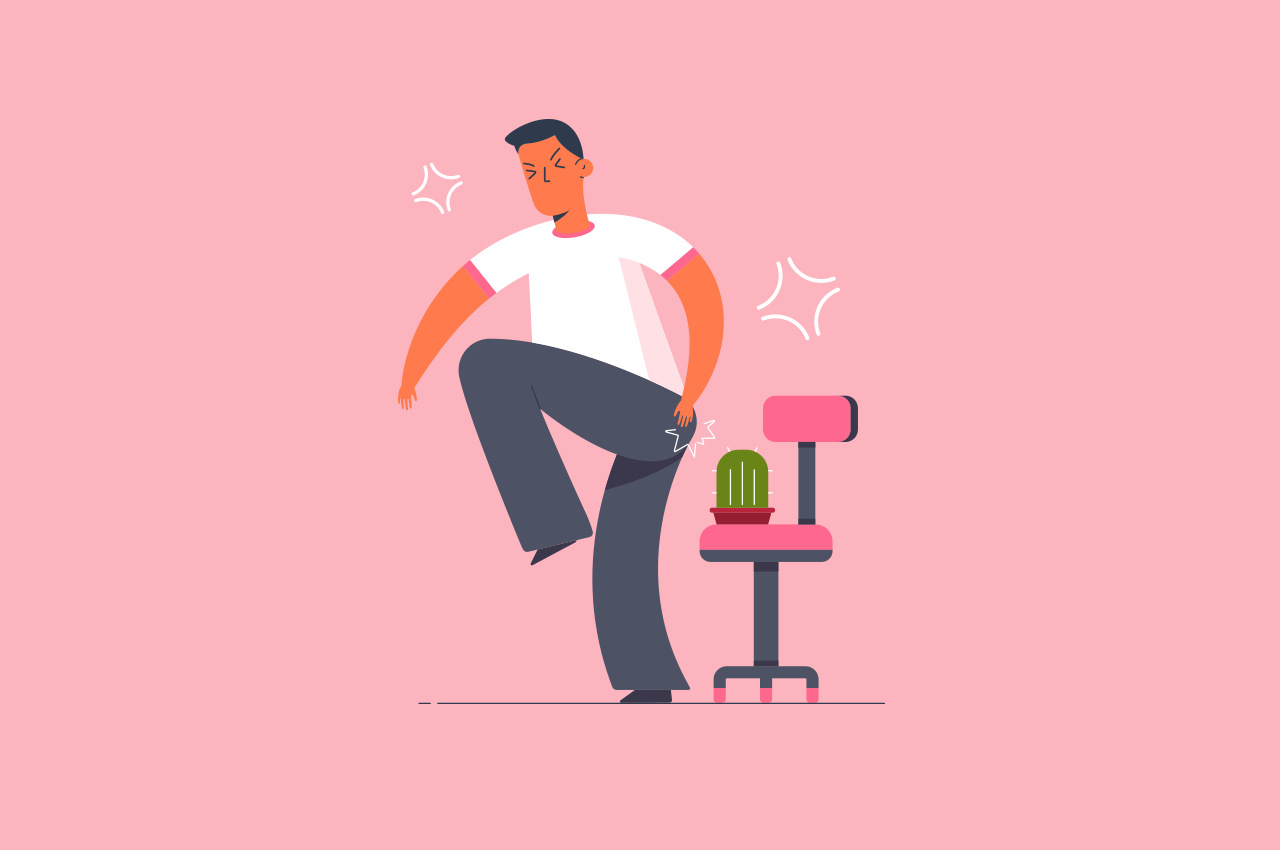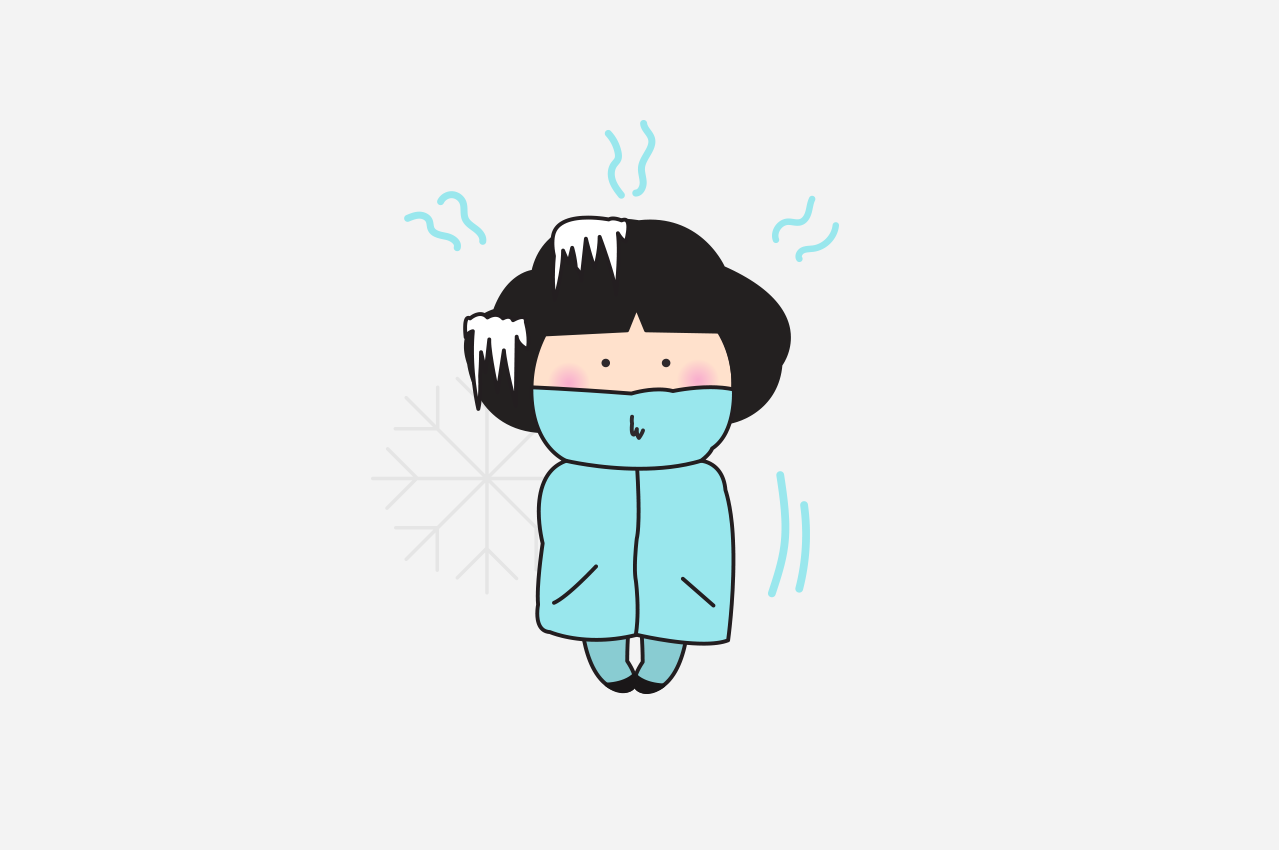Breast pain and tenderness are very common symptoms. But breast pain is frightening for women – they immediately think of something serious, like cancer. Luckily, more often than not, the pain is caused by hormonal changes and is not cause for alarm. Breast pain is seldom a symptom of breast cancer!
As doctors we like to put things into groups, and with breast pain (or Mastalgia as it is also known), it can be grouped into 2 types:
- Cyclical Breast Pain – this means that it’s part of your hormonal cycle
- Non-Cyclical Breast Pain – this means that it is outside of your hormonal cycle
Cyclical breast pain
- This means that the pain/tenderness/heaviness occurs at a regular and predictable time in your monthly cycle, and it’s usually worst in the week before your period.
- The discomfort can be in one or both breasts and can move into the armpit. Once your period starts the pain goes away.
- This is the most common type of breast pain
- It is due to hormonal changes
- It is most common in women in their 20’s-40’s
- It also occurs during perimenopause
- It can be associated with “lumpiness” of both breasts when at the most tender (just before your period)
Non-cyclical breast pain
- This means that the pain does not change with your monthly cycle – it is either there all the time, or it happens at random times and is not related to your period.
- It is usually only in one breast, and the pain is burning or stabbing
- The exact cause is not known
- It is most common in women in their 40’s and 50’s
- Sometimes the pain is not actually coming from the breast, it is coming from the chest wall! Your doctor will be able to find this on examination
Not sure if your pain is Cyclical? It can help to keep a diary: when you get the pain, make a note, and count the days of your cycle. Day 1 of your cycle is the day after your period ends, and the last day of your cycle is the last day of your period. Take note of when you get your pain. If it’s mainly in the week before your period, it’s most likely due to your hormones!
When should I see my doctor?
- If you are unsure of what type of pain you are having
- If you feel any lumps in your breasts or armpits
- If you have a discharge from your nipple/nipples
- If you see any changes in the skin of your breasts
- If there are signs of infection: redness/warmth/swelling of the breast
I have seen my doctor and all is well, but how can I manage my pain?
Often it’s all we need to be told that the pain is nothing serious and it becomes easier to bear without any more treatment. Anxiety about pain can often make the pain feel worse. If, however the pain or discomfort is worrying you, try this:
- Use an anti-inflammatory when needed, such as ibuprofen (remember to follow the instructions!)
- Use something for pain as needed, such as paracetamol
- Make sure your bra fits properly! Many women wear bra’s that do not give enough support and this can lead to pain.
- Speak to your doctor about the pill- this can help with cyclical breast pain by controlling the hormonal changes that happen during the month
- Evening Primrose oil, a supplement, can be very helpful in managing breast pain in some women. It must be taken daily and often a difference is only felt a month or so after starting to use it
If you still feel anxious about any breast pain you may be experiencing, see your doctor for an examination.
Author: Dr Lynelle Hoeks

